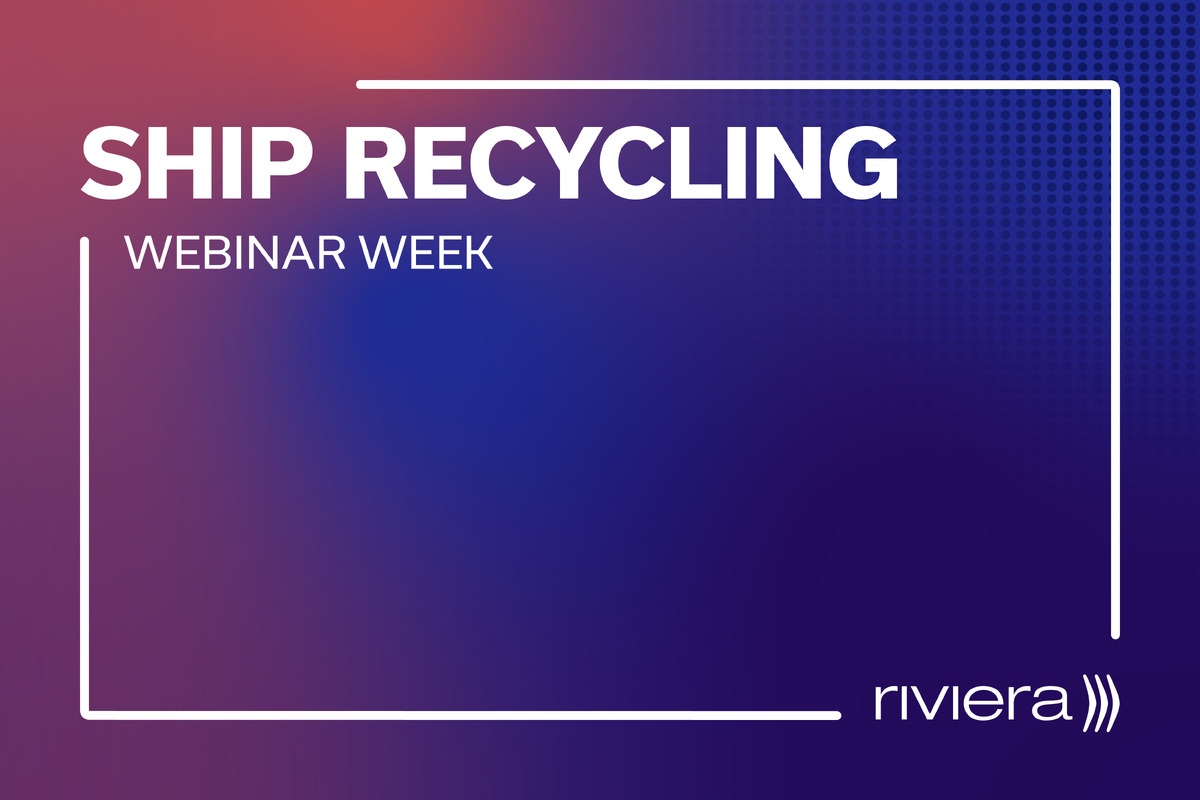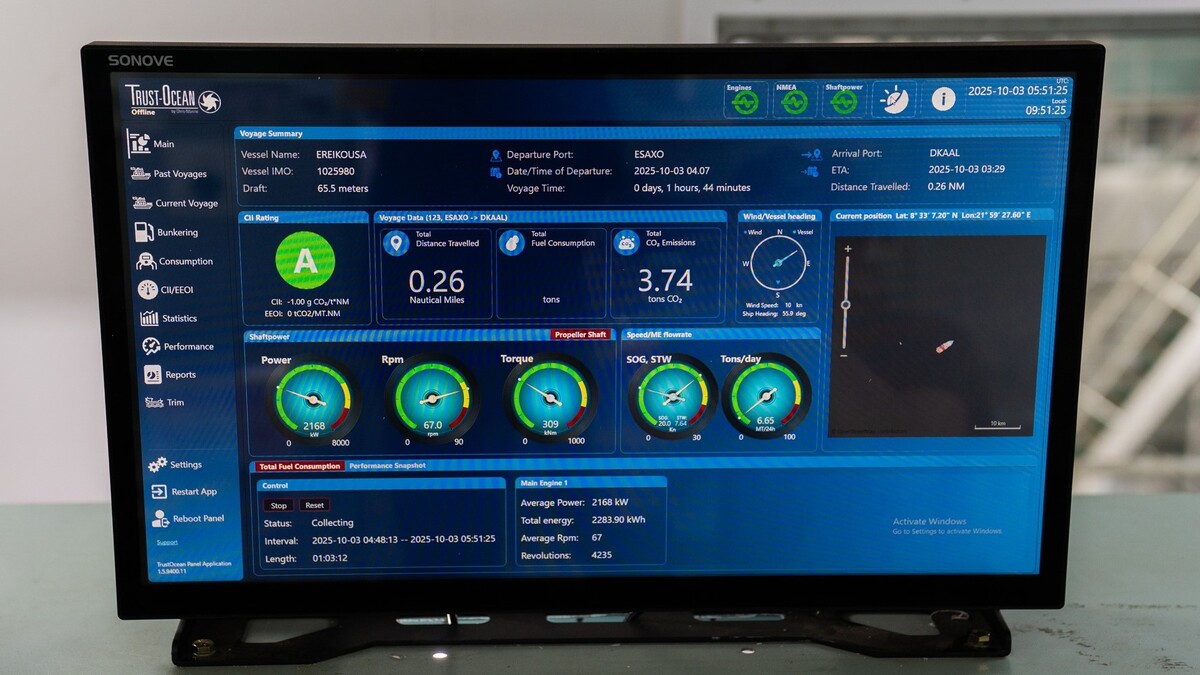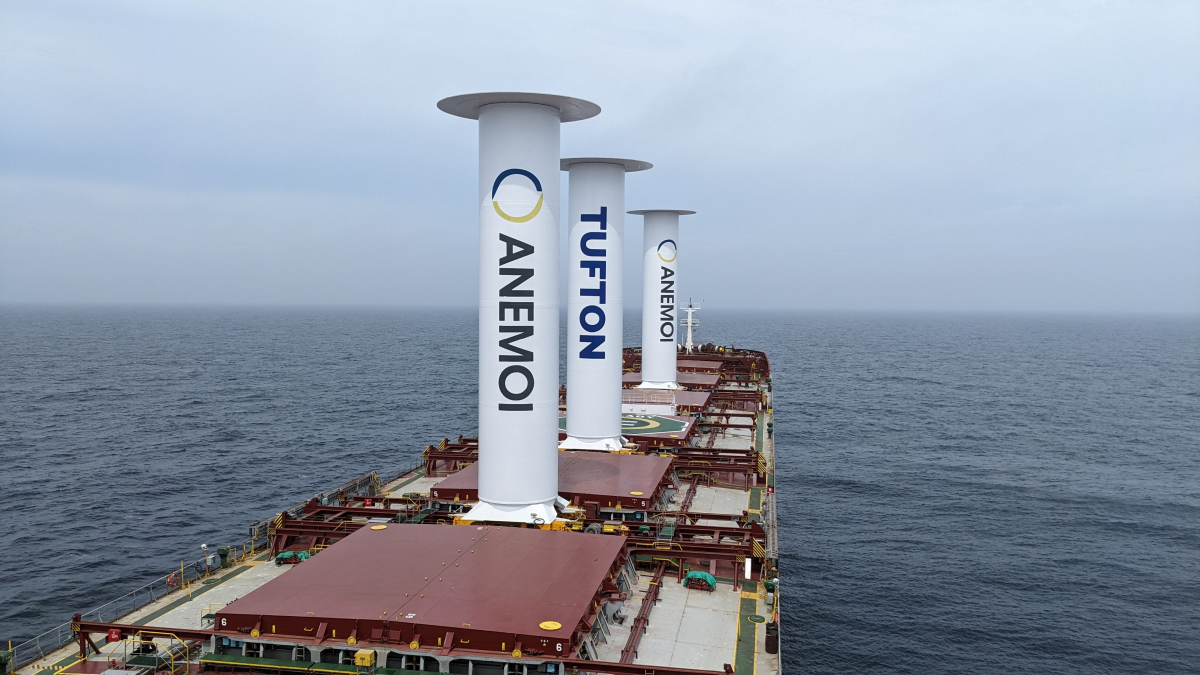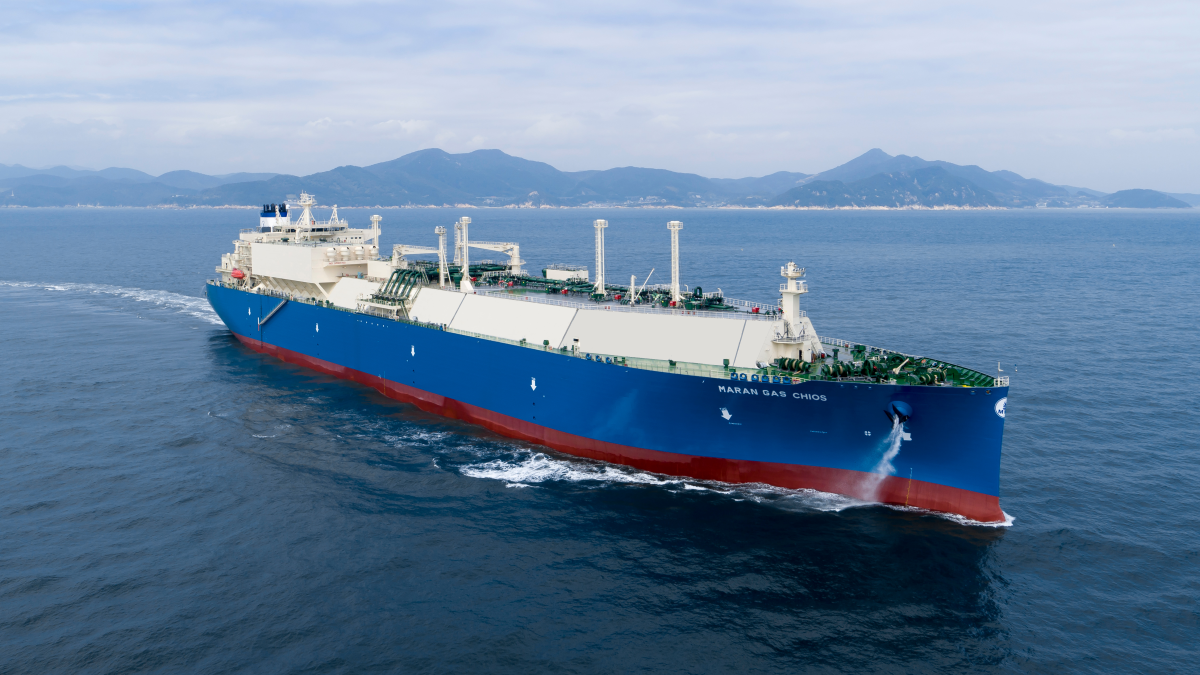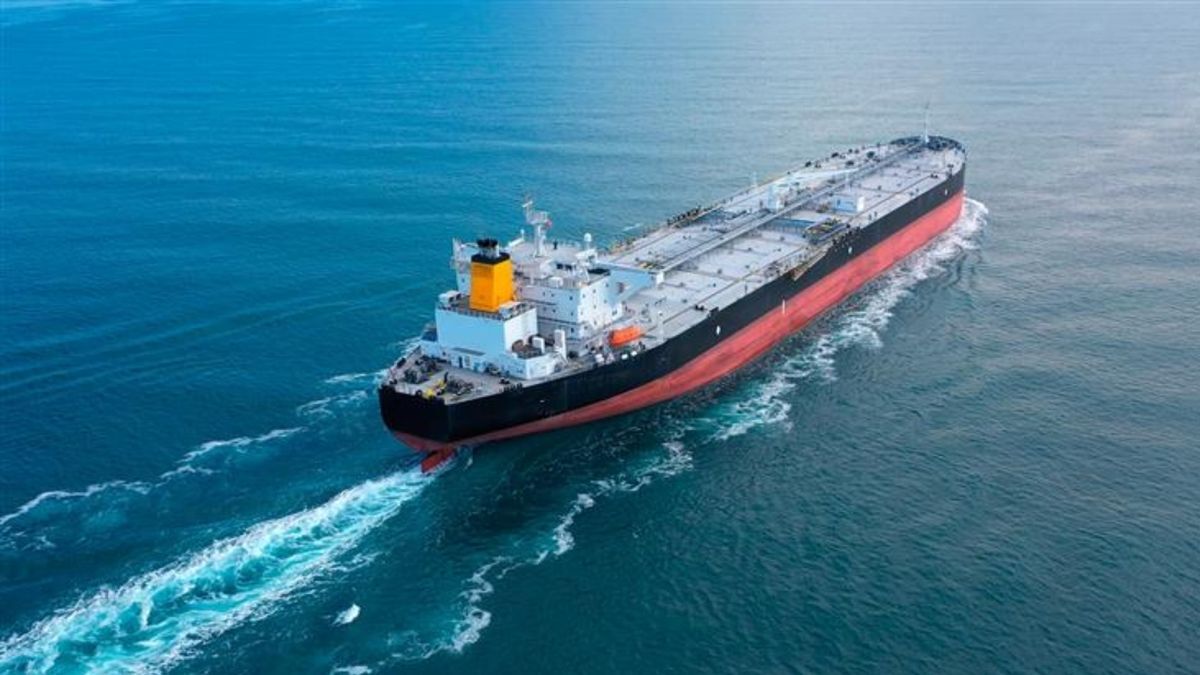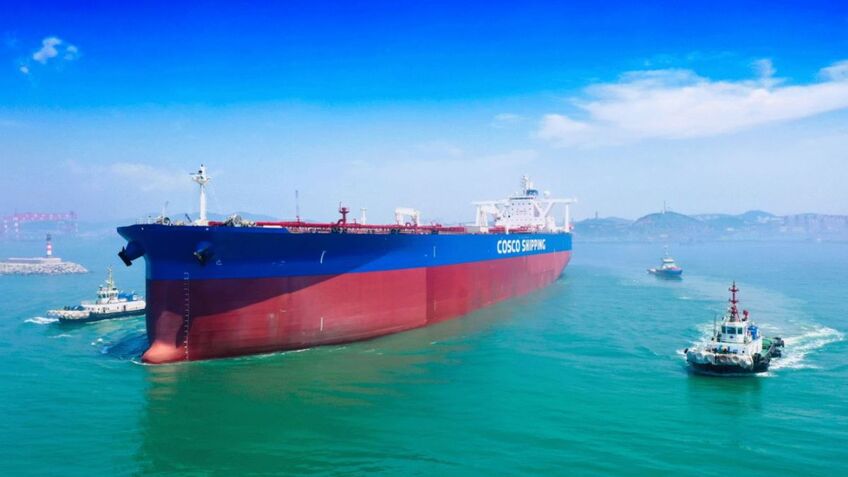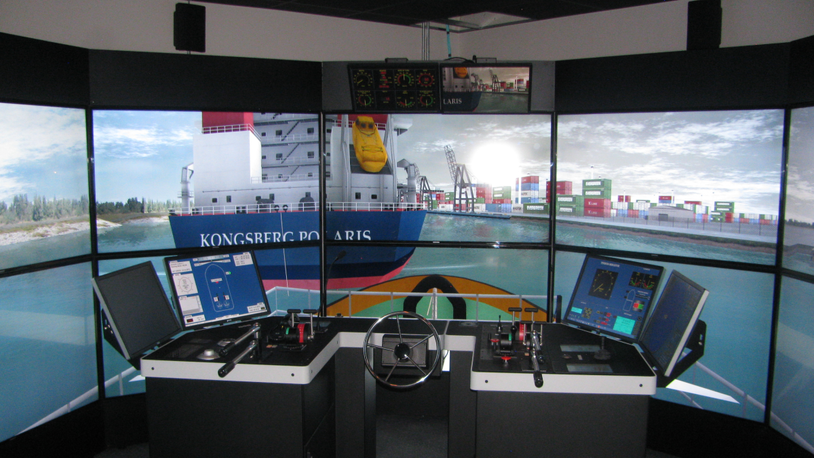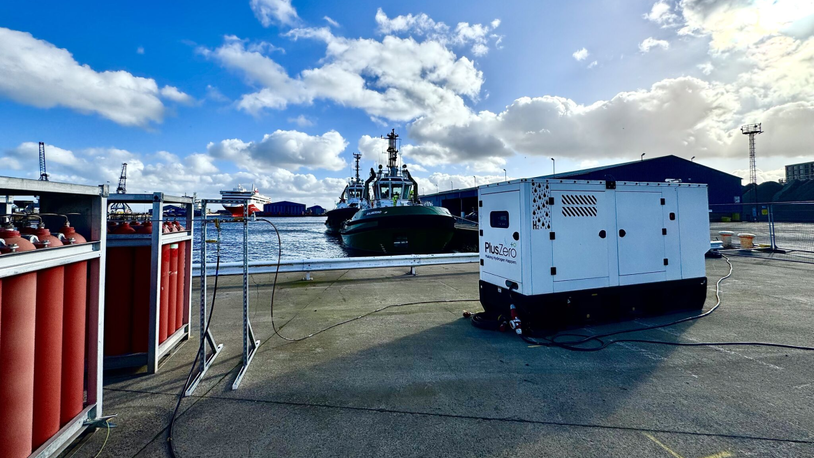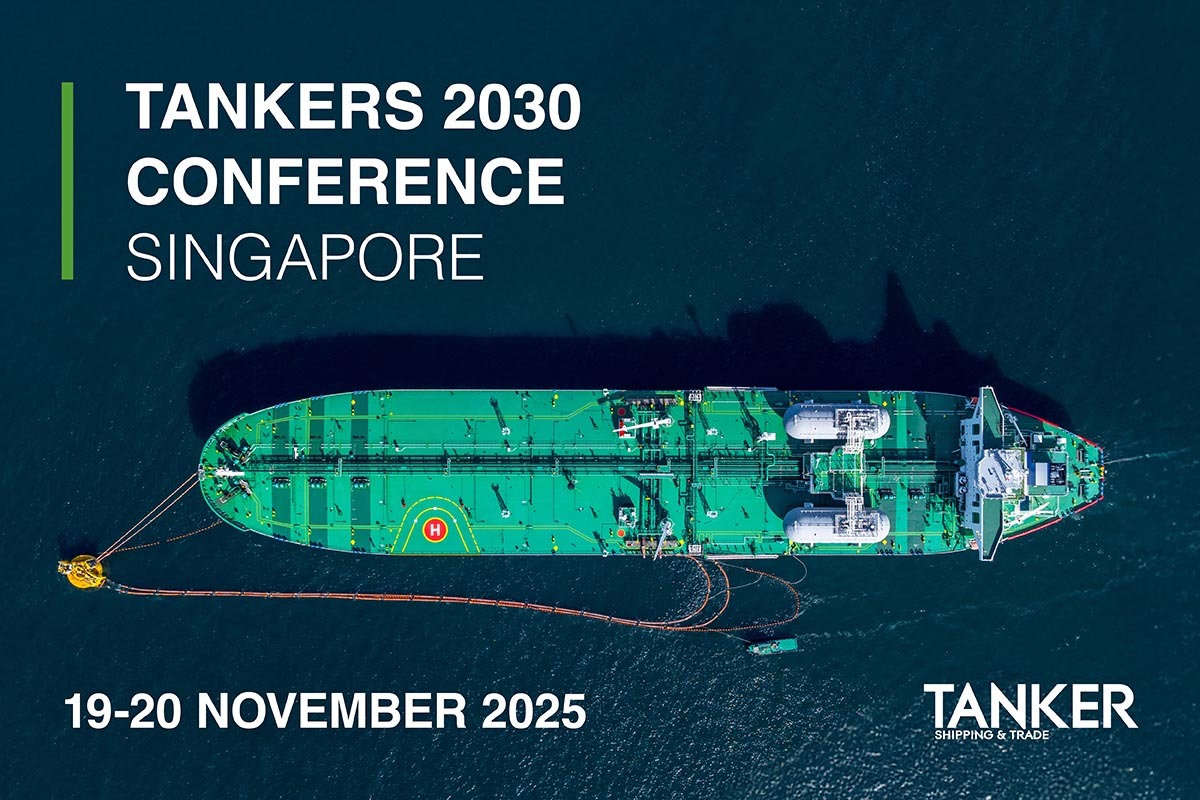Business Sectors
Events
Ship Recycling Webinar Week
Contents
A year of testing shows 9% average fuel and emissions savings for rotor sails
Lloyd’s Register verified the savings from three 24-m rotor sails installed on a Cargill-chartered Kamsarmax bulk carrier
Real-world tests to measure the emissions and fuel savings provided by rotor sails have shown an average net gain of 9% in fuel efficiency and lowered emissions across eight voyages.
Class society Lloyd’s Register looked at the data and calculations from eight consecutive laden and ballast legs to verify calculations on the average net savings across the sailings. The result, average savings of 1.9 tonnes of fuel per day and 7.0 tonnes of CO2 per day, was calculated on a well-to-wake basis.
Calling the test outcome "a very positive result," rotor sail manufacturer Anemoi, which had predicted a 10% saving from its technology, said that, while the savings on the vessel’s routes varied considerably, it wanted to present a "full, transparent picture" of the rotor sails’ performance.
During the testing period, 82,000-dwt Kamsarmax bulk carrier TR Lady sailed in the Indian Ocean, South Atlantic, North and South Pacific, the Southern Ocean and rounded both the Cape of Good Hope and Cape Horn, along with some of the world’s busiest shipping routes, including the Strait of Malacca.
"Since TR Lady does not follow a fixed route, the results varied from voyage to voyage depending on the route taken and the wind conditions encountered. For example, on a 22-day voyage across the North Pacific, average route savings of 21% net propulsion fuel reduction were calculated from the verified performance model," Anemoi said.
Lloyd’s Register Advisory’s Statement of Fact on the tests and their outcome concluded, “There is close agreement between the predicted thrust coefficient trends and the measured values.”
The three 5-m diameter, 24-m tall rotor sails were installed on TR Lady in June 2023, a setup Anemoi said was a shorter height and a lower aspect ratio compared with its standard products "to suit air draft requirements". Anemoi said it is currently testing "several vessel installations featuring its larger rotor sails, measuring 35-m in height, which, thanks to their higher aspect ratios, are expected to achieve even higher performance results".
"Building up an accurate understanding of the real-world, on-ship performance of technologies is a key piece in the wind-assist propulsion puzzle," according to Cargill decarbonisation specialist Chris Huges. "We have already used the results of this study to fine-tune our weather routeing digital twins for TR Lady; and it will also help inform future decisions on deploying wind assist across our fleet.”
Sign up for Riviera’s series of technical and operational webinars and conferences:
- Register to attend by visiting our events page.
- Watch recordings from all of our webinars in the webinar library.
Related to this Story
Events
Ship Recycling Webinar Week
International Bulk Shipping Conference 2025
Tankers 2030 Conference
Maritime Navigation Innovation Webinar Week
© 2024 Riviera Maritime Media Ltd.
